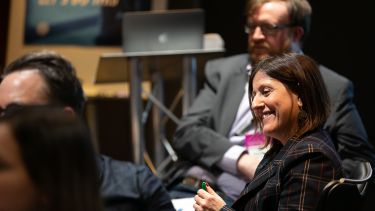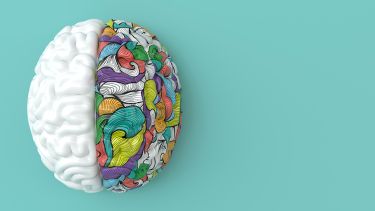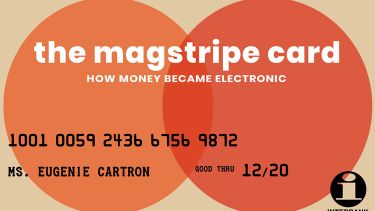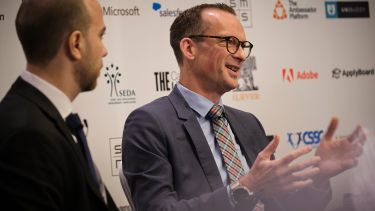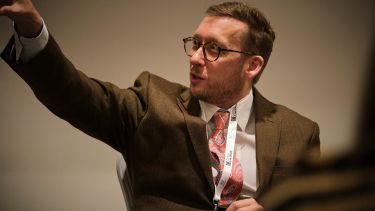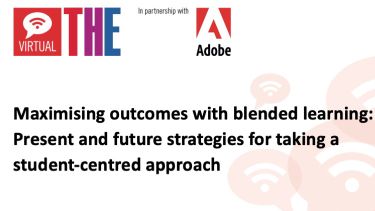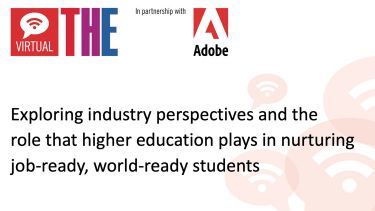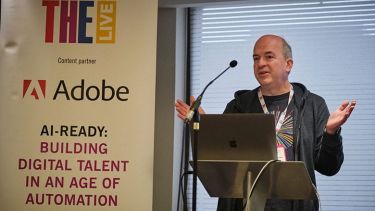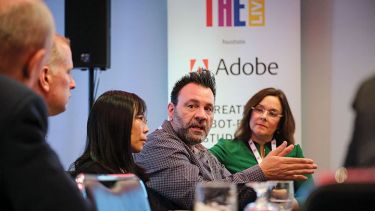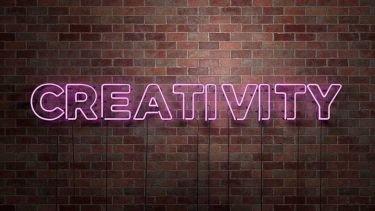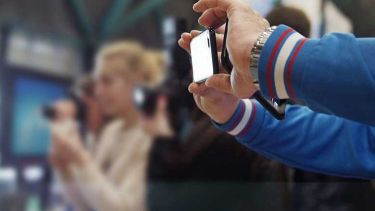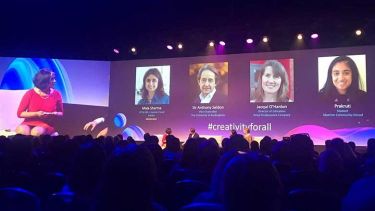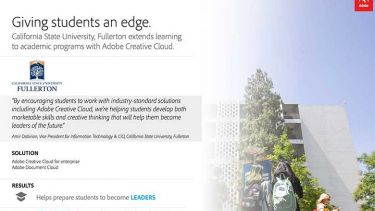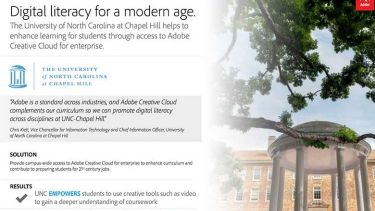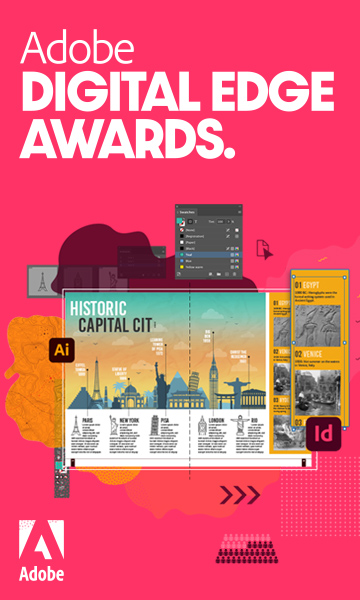Embedding digital literacy into curricula can be the key to developing well-rounded students who are ready for the future workforce
Graduates will need to be equipped with skills that make them good communicators, adaptable and creative to thrive in the digital world.
A Times Higher Education session, held in partnership with Adobe for Digital Universities Week, examined how universities could support student success in the digital-first era.
Research from Adobe conducted in January asked academic and academic-related staff which skills future graduates would need.
The “soft” skills highlighted included communication, critical thinking, resilience, problem solving, adaptability and digital literacy. The research also found the mindsets needed to accompany these skills were having personal agency and self-awareness, as well as being practical, professional, ethical and an independent learner.
Mark Andrews, pedagogical evangelist at Adobe, said the survey came as the higher education sector experienced a “velocity of change and innovation that prior to the pandemic would have been unimaginable”.
“There’s a broad agreement and alignment on the skills that students will need to be successful. And I think it’s no coincidence they focus on those human aspects of skills,” Andrews said.
“As we’re moving into a digital-first world where we’re going to be partnering alongside smart technology, there’s a lot of tasks and jobs that technology will do. And the thing that’s going to keep humans ahead is our ingenuity, our creativity, our resilience and our ability to communicate with each other, collaborate and solve problems.”
The research found the most effective way to deliver these skills to students was to integrate them within the core academic study.
Andrews said digital literacy, as well as being a core skill for graduates, offered a mechanism to combine other soft skills and mindsets. With universities across the world reshaping their curricula, he said Adobe Creative Cloud gave learners and faculty their “own digital makerspace”.
Institutions could use the suite of applications and services to enable flexible and personalised learning models, cultivate digital literacy and capability and promote institution-wide digital transformation. For faculty, the tools could be harnessed to embed pedagogical innovation in learning and assessment.
To illustrate how this approach can help individual students, Andrews described the digital journey of Dominique, a fictional undergraduate. Using Creative Cloud, Dominique went from being a “consumer” to a “creator”. She grew in confidence as she became comfortable using the programmes as part of her coursework, before graduating and using them again to showcase her portfolio.
“If we equip students and faculty with these tools, we can’t imagine what they’ll create with them and the innovation that can happen,” Andrews said.
Watch the session on-demand above or on the THE Connect YouTube channel.



